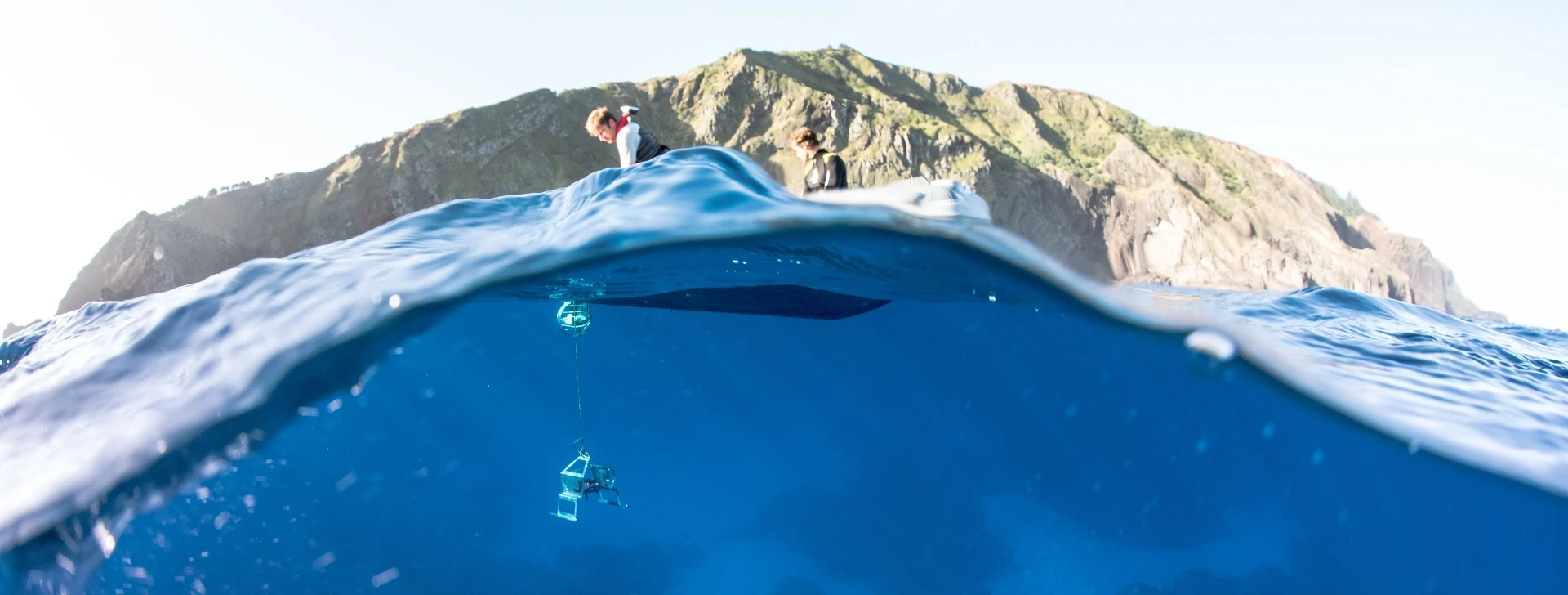Publication Abstract
- Title
-
Enhancing post-release survival in recreational Pollack (Pollachius pollachius) fisheries: Validating descending devices in a fishery under pressure
- Publication Abstract
-
Pollack (Pollachius pollachius) is a key target species for both commercial and recreational fisheries in the northeast Atlantic. However, since 2010, populations in the English Channel, Celtic and Irish Seas have experienced a rapid decline. One critical issue is pollack’s high sensitivity to barotrauma-related injuries, particularly in recreational fisheries where catch-and-release practices are common. To address this, a study was conducted on pollack (n=340) captured across a depth range of 28–80m near Plymouth, UK. The findings revealed that post-release survival rates declined significantly with capture depth, dropping by a factor of 3.3 between 20 and 60 m. Additionally, larger fish were more vulnerable. However, the use of a descending device dramatically improved survival, increasing from 46% to 81%. Long-term survival was confirmed through acoustic telemetry, with fish tracked for over 90 days post-release. These results highlight the effectiveness of descending devices in enhancing post-release survival in recreational fisheries. Promoting the widespread adoption of descending devices is important for supporting the recovery of this stock.
- Publication Authors
-
Thomas Stamp, Rachel Mawer, R Conlon, Alice E. Hall, Peter Davies, Rebecca Nesbit, David Uren, T Morris, S Sullivan, Simon Thomas S3, Bryce D. Stewart, Hannah Rudd, Kieran Hyder, Tully Osmond, SEA Reynell, Emma V. Sheehan
- Publication Reference
-
ICES Journal of Marine Science
- Publication Internet Address of the Data
- Publication Date
- Publication DOI: https://doi.org/
- Publication Citation


